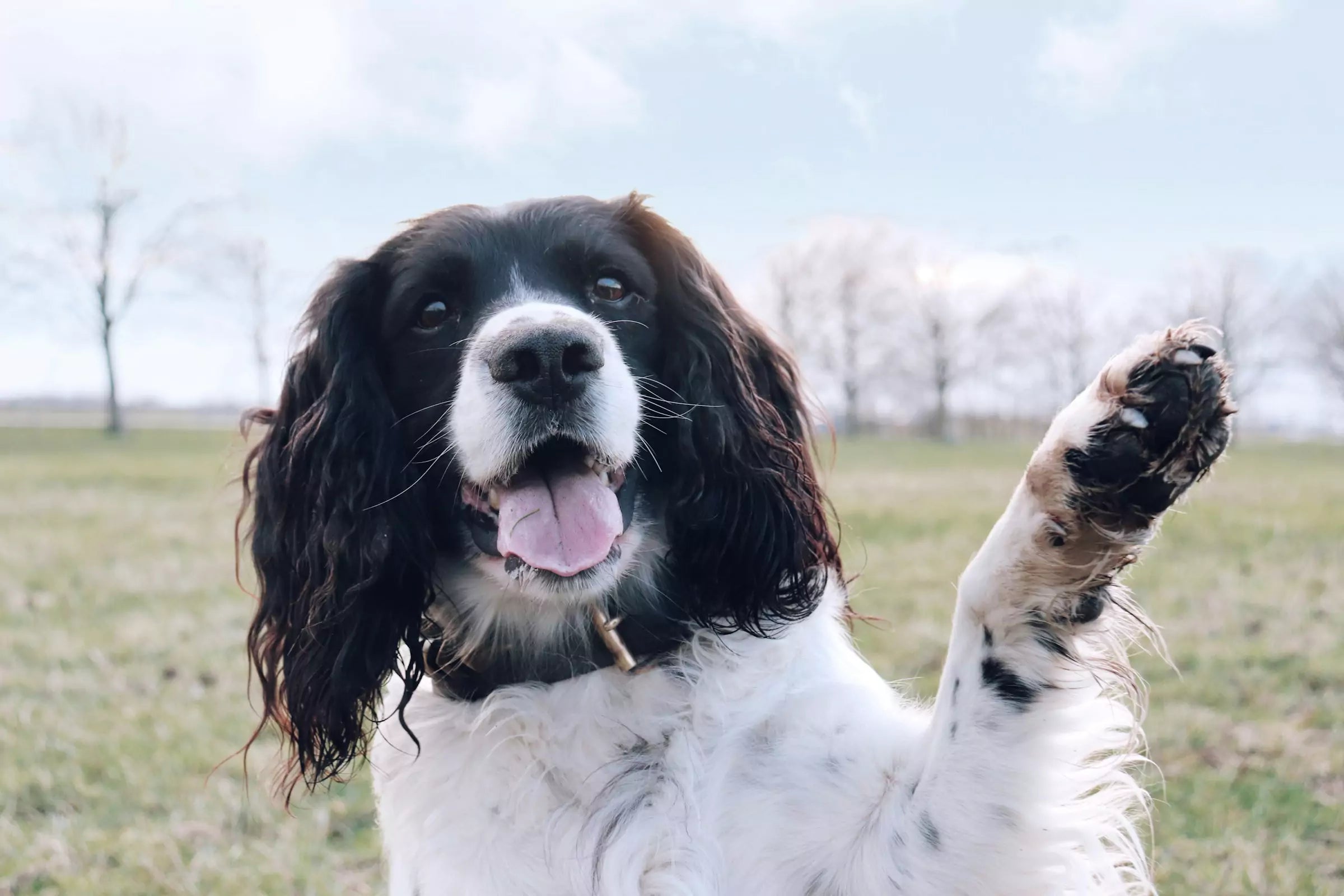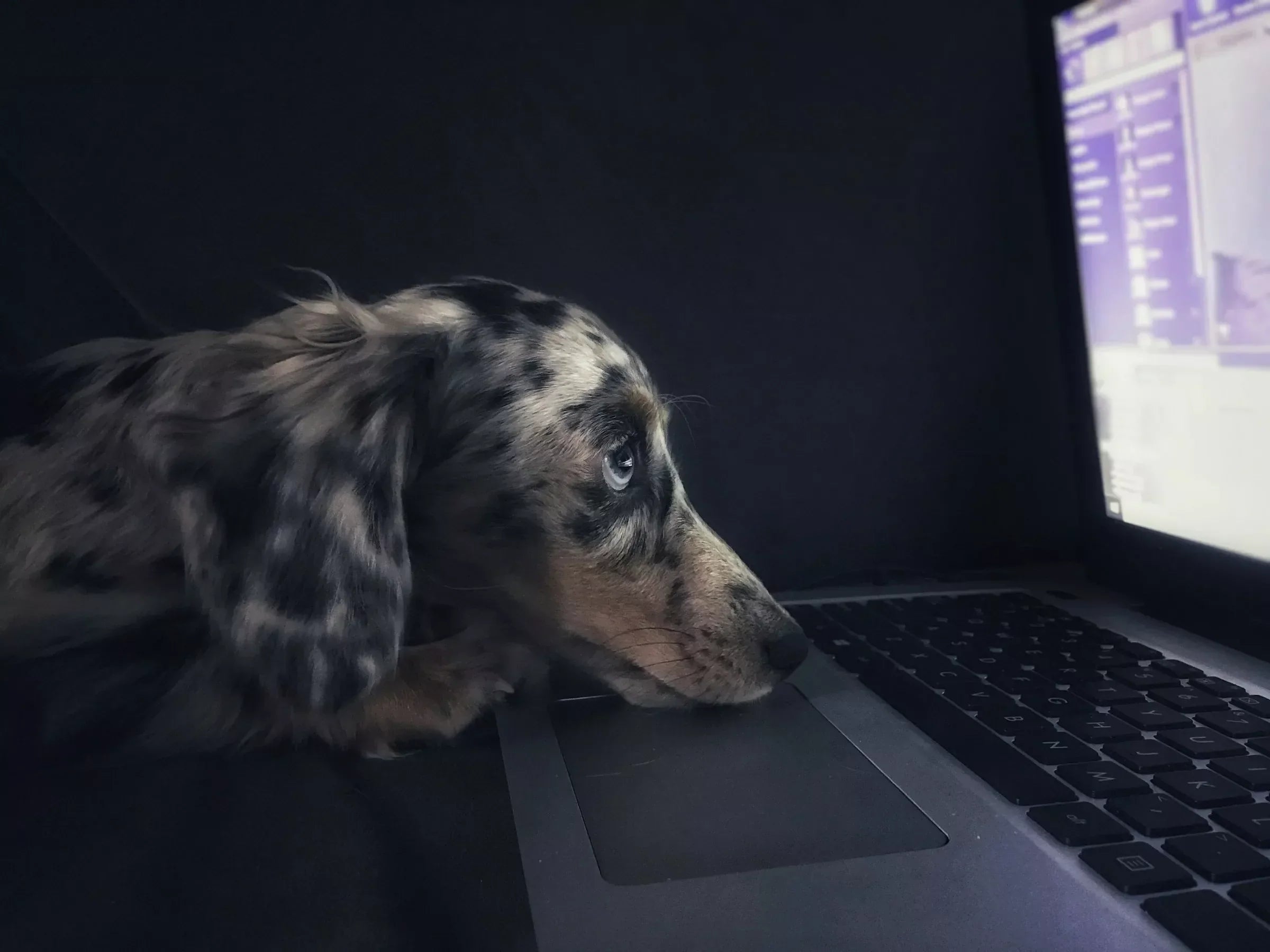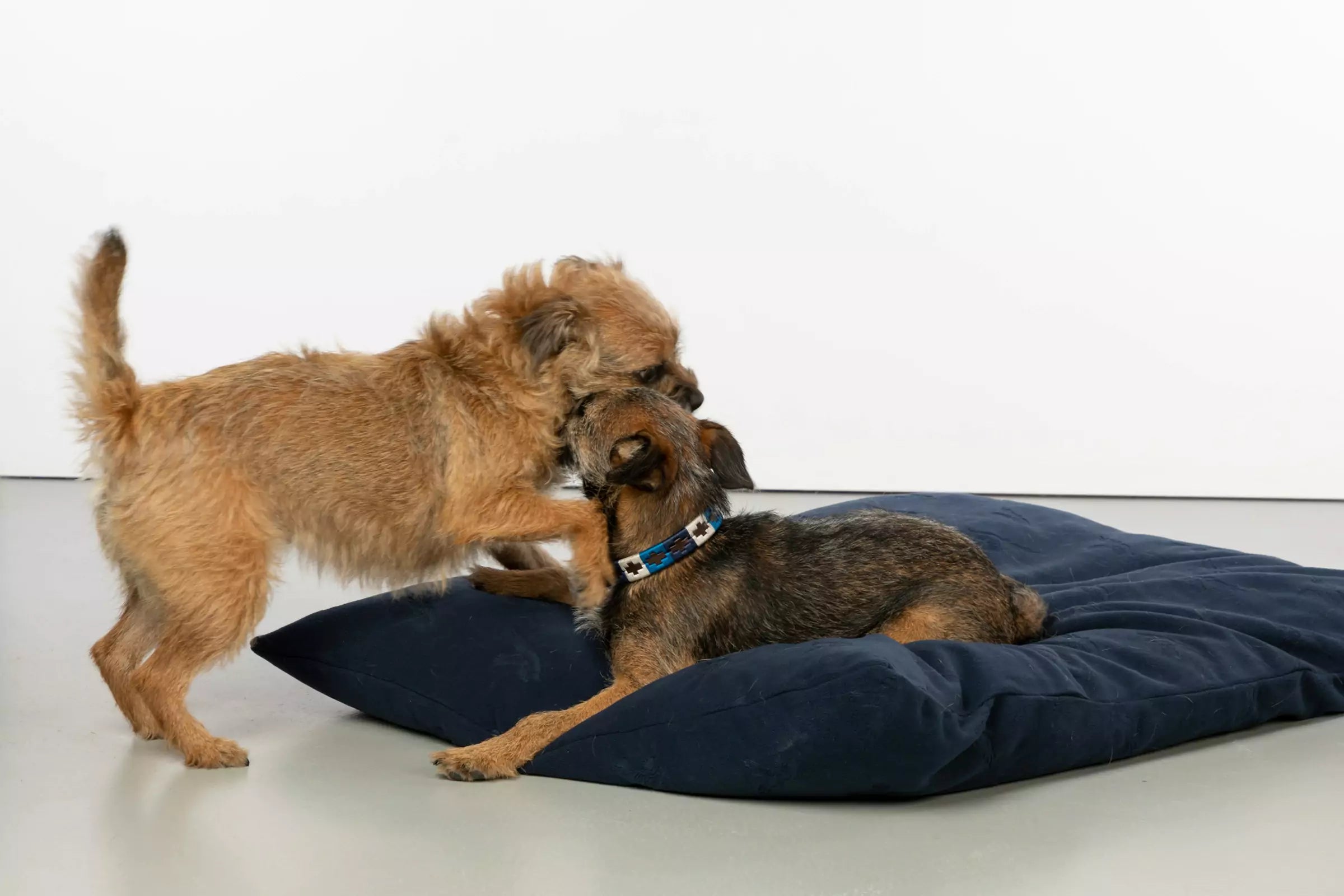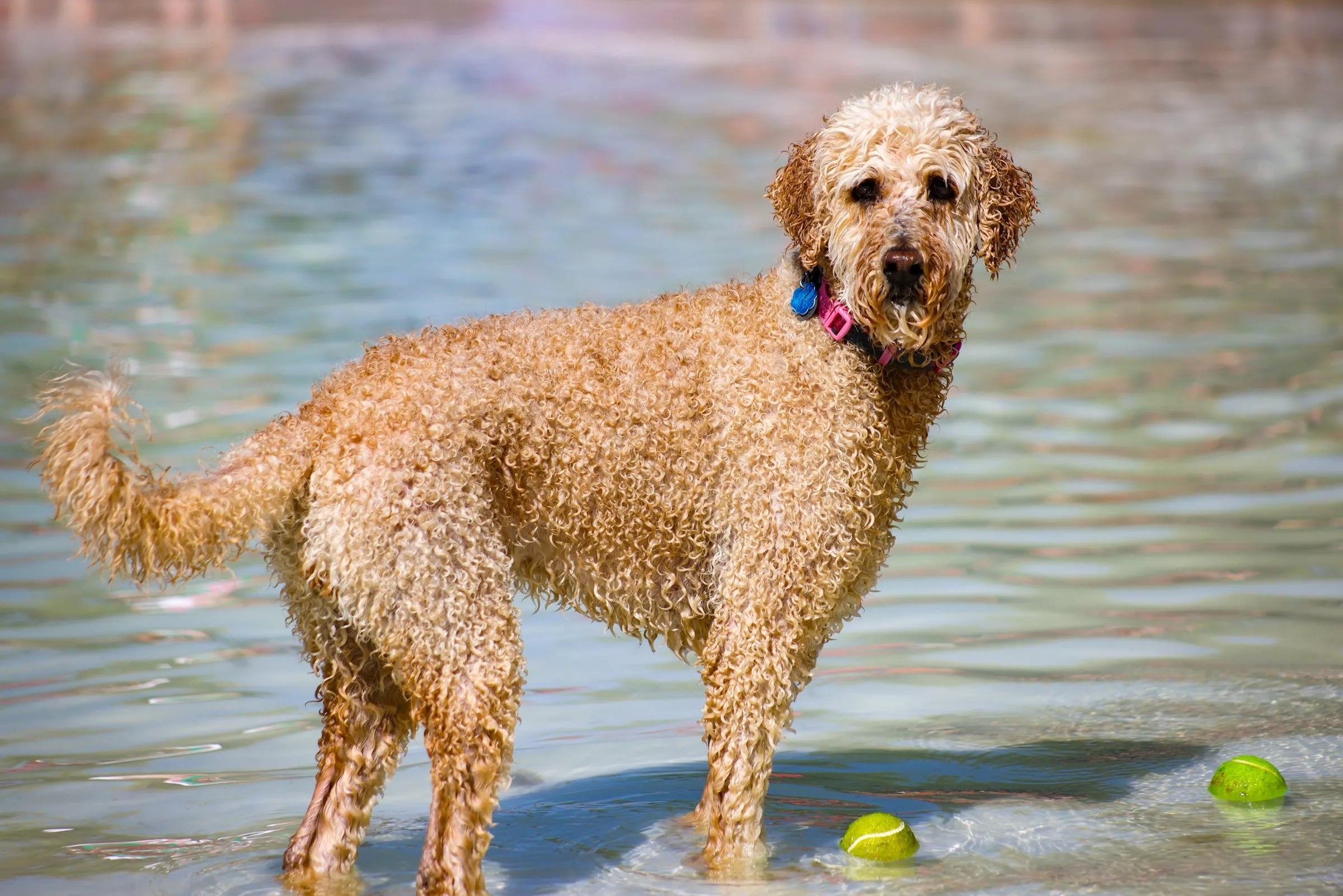Introduction
As a loving dog parent, you know just how important it is to take good care of your furry friend. While we often focus on things like diet, exercise, and grooming, one area that’s easy to overlook is your dog’s paws. Your pup’s paws are like their shoes—they need to be in good condition for your dog to feel comfortable and stay healthy. So, let’s dive into five simple tips that will help you keep those adorable paws in tip-top shape all year round.
Tip 1: Regular Paw Inspections

Have you ever thought about giving your dog’s paws a close inspection? It’s a great habit to get into, and it only takes a few minutes. Just like you’d check a child’s feet for cuts or blisters, you should do the same for your dog. Look for any signs of injury, like cuts, cracks, or redness. Also, keep an eye out for any stuck debris like small stones, thorns, or even gum (yes, it happens!).
Make it a routine—perhaps after a walk or during cuddle time. Gently hold each paw and spread the toes to get a good look at the pads and between the toes. If you notice anything unusual, it’s best to address it right away. Regular inspections can catch problems early, before they turn into something more serious.
Tip 2: Keep Paws Clean and Dry

Imagine walking around all day without shoes—your feet would get dirty pretty quickly, right? The same goes for your dog. Their paws can pick up all sorts of dirt, mud, and germs during your daily walks. That’s why it’s important to keep them clean.
After a walk, take a moment to wipe down your dog’s paws with a damp cloth or pet-safe wipe. This helps remove dirt, allergens, and any chemicals they might have walked through. Once clean, be sure to dry their paws thoroughly. Damp paws can lead to fungal infections, which are not fun for your dog to deal with.
Drying is especially important after a bath or a walk in the rain. Pay special attention to the area between the toes—this is a common spot for moisture to get trapped.
Tip 3: Moisturize to Prevent Dryness and Cracking

Just like our skin can get dry and cracked in the winter, your dog’s paw pads can too. And if you live in an area with extreme weather, it’s something you’ll want to keep an eye on year-round. Dry, cracked paw pads can be painful for your dog and can even lead to infections.
To keep those pads soft and healthy, consider using a dog-specific moisturizer. These products are designed to be safe for your pup if they lick their paws (which they probably will). Apply a small amount to each pad, especially during colder months or after walks on rough surfaces. Gently massage it in, and let it absorb before your dog goes running off.
Be cautious not to overdo it—too much moisturizer can make their paws too soft, which can reduce their natural grip.
Tip 4: Protect Against Extreme Weather

Your dog’s paws face different challenges depending on the season. In the summer, hot pavement can burn their pads. In the winter, cold, ice, and salt can cause cracks and irritation. The key is to be proactive about protection.
During hot weather, try to walk your dog in the early morning or late evening when the pavement is cooler. If you have to go out in the middle of the day, stick to grassy areas, or invest in a pair of dog booties to protect their paws.
In winter, salt used on icy sidewalks can be harsh on paws. After walks, be sure to rinse your dog’s paws to remove any salt or chemicals. Again, dog booties can be a great solution if your dog is comfortable wearing them. If not, there are balms designed to create a protective barrier on their pads.
Tip 5: Trim Paw Fur and Nails Regularly

Keeping your dog’s paw fur and nails trimmed is another simple way to maintain paw health. Long fur between the toes can trap dirt and moisture, leading to irritation or infections. A quick trim with a pair of blunt-tipped scissors can make a big difference.
Nails are just as important. If your dog’s nails are too long, they can affect their gait, causing discomfort or even leading to joint issues over time. You’ll know it’s time for a trim if you can hear their nails clicking on the floor. If you’re not comfortable trimming them yourself, your vet or groomer can help.
When trimming at home, use a pair of dog nail clippers and be careful not to cut too close to the quick (the sensitive part of the nail). If you’re unsure, just trim a little at a time.
Conclusion
Taking care of your dog’s paws is a small task that can have a big impact on their overall well-being. By making regular paw care a part of your routine, you can help your furry friend avoid discomfort and stay active and happy year-round. Remember, your dog relies on you for their health and comfort, so those few extra minutes spent checking and caring for their paws are truly worth it.
FAQs
How often should I check my dog’s paws?
It’s a good idea to check your dog’s paws at least once a week, or after any walk where they might have encountered rough terrain or extreme weather conditions.
Can I use human lotion on my dog’s paws?
It’s best to avoid human lotions, as they can contain ingredients that are harmful if ingested. Instead, use a moisturizer specifically designed for dogs.
What should I do if my dog’s paws are cracked?
If you notice cracks in your dog’s paw pads, start moisturizing them regularly and consider using a protective balm. If the cracks are severe or don’t heal, consult your vet.
Are dog booties necessary for paw protection?
Dog booties can be very helpful, especially in extreme weather or on rough surfaces. They’re not necessary for every dog, but they can provide extra protection when needed.
How can I tell if my dog’s nails are too long?
If you can hear your dog’s nails clicking on the floor when they walk, it’s time for a trim. Keeping nails at the right length helps prevent discomfort and joint issues.















Share:
5 Ways to Help Your Dog Adjust to a New Home
Did You Know? Dogs Understand More Than 100 Words!